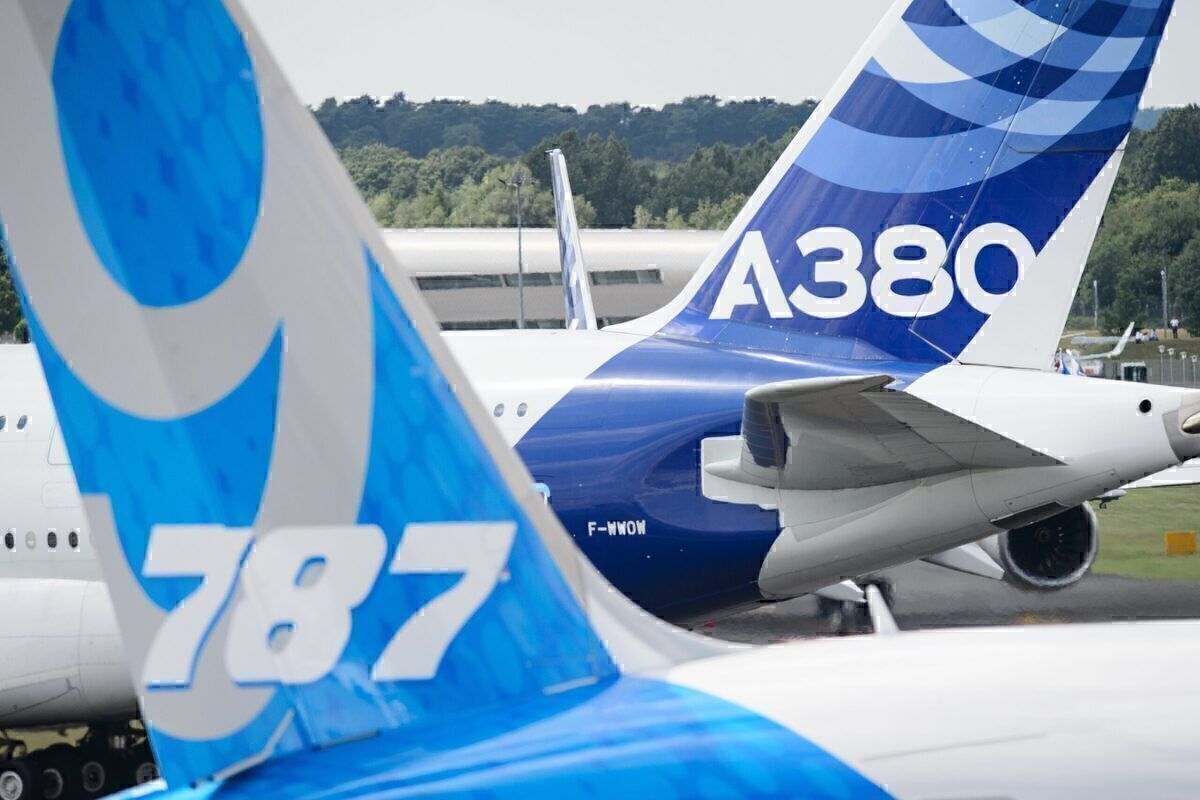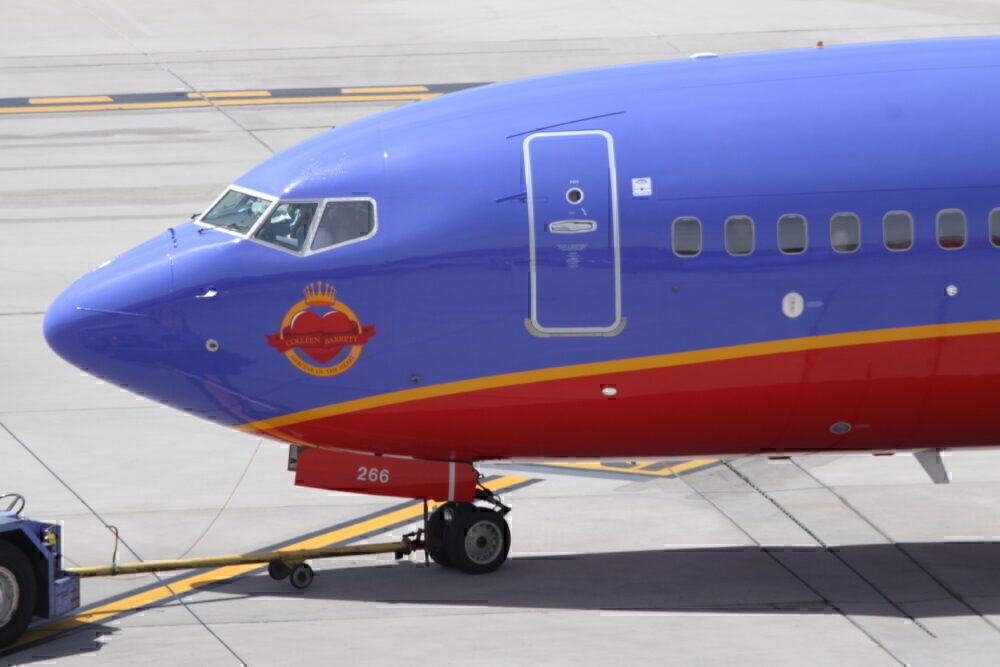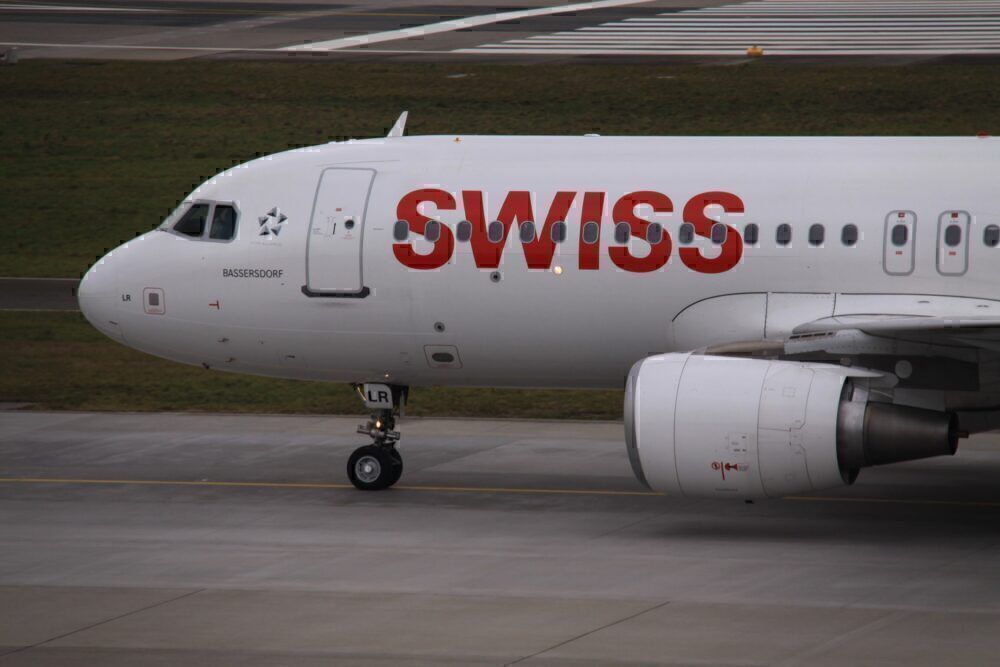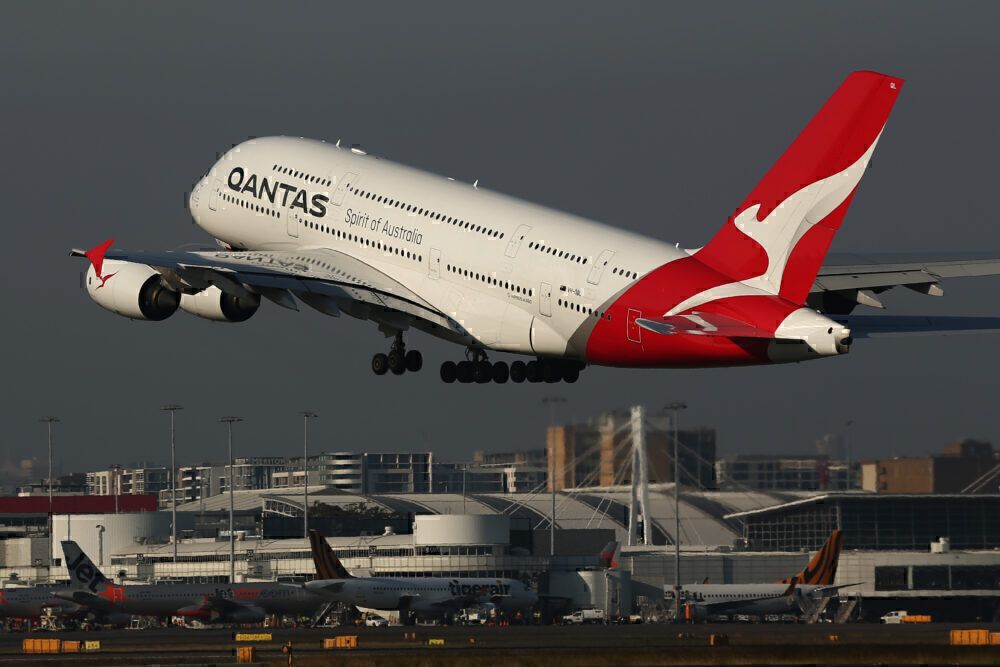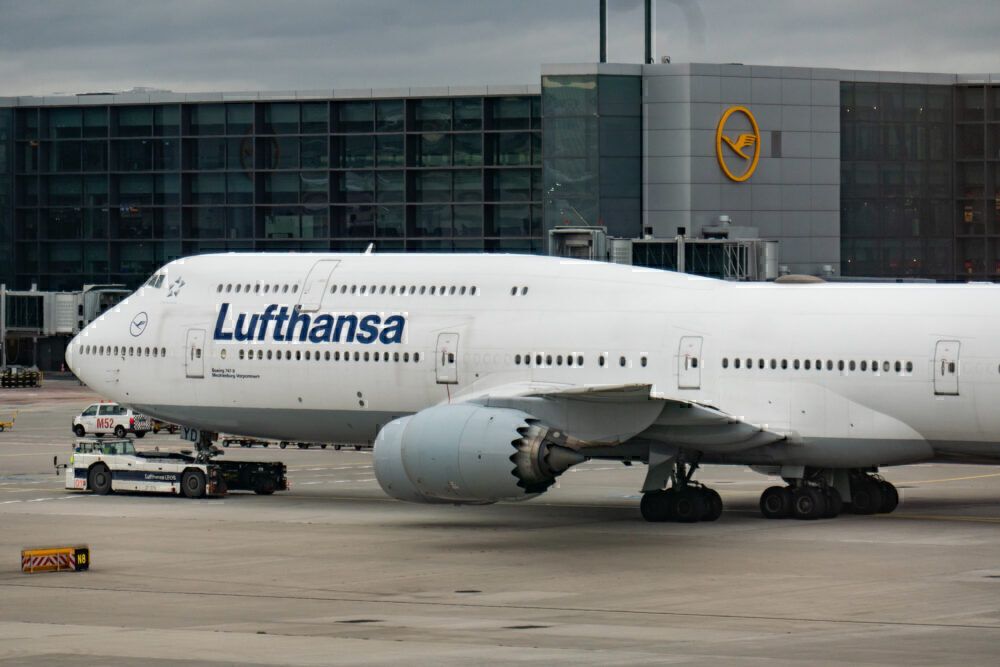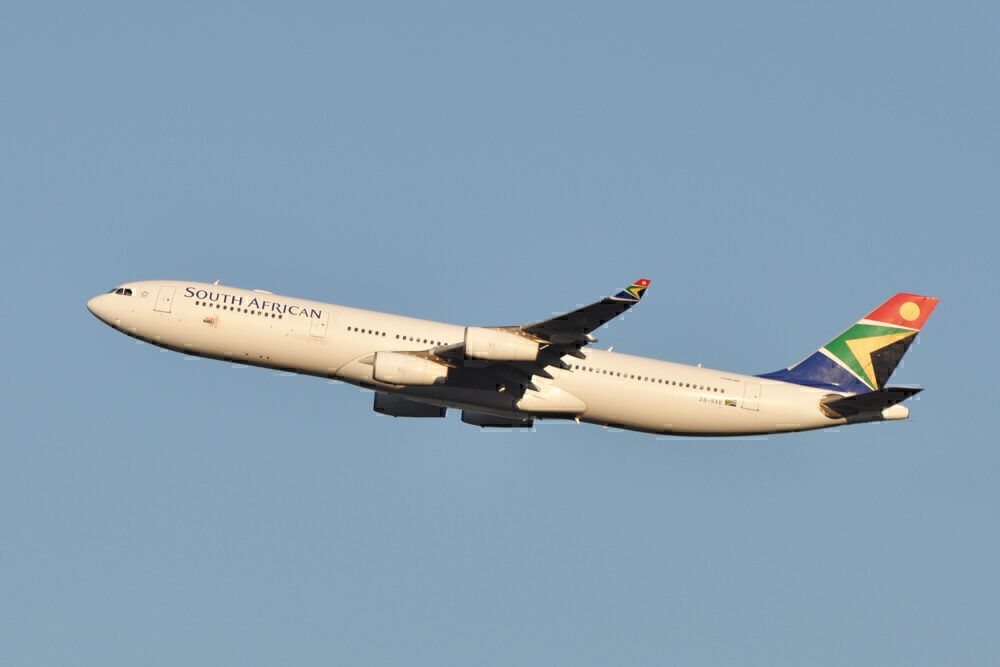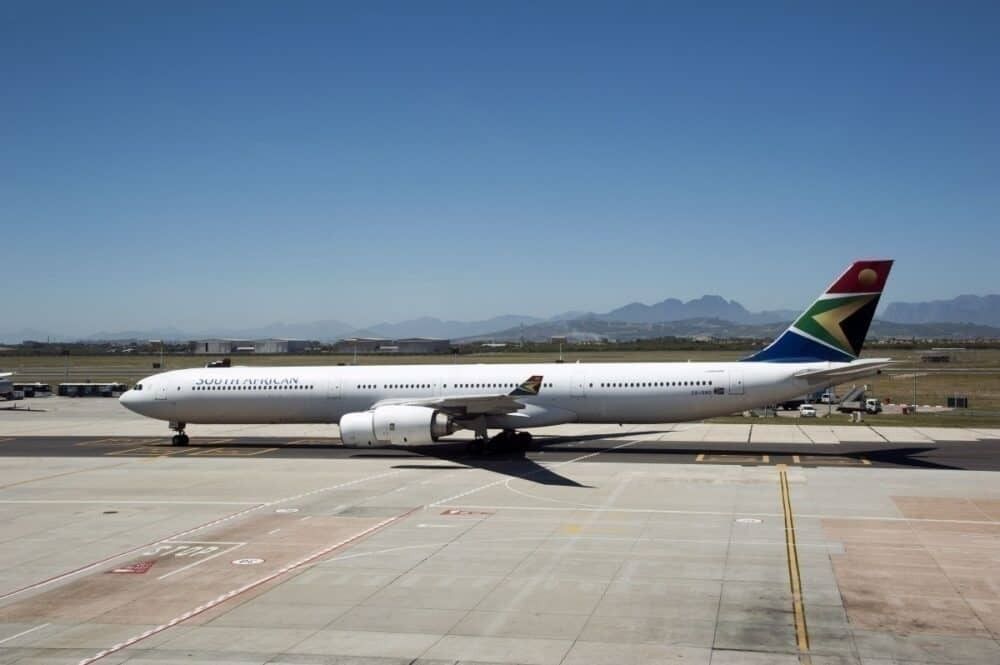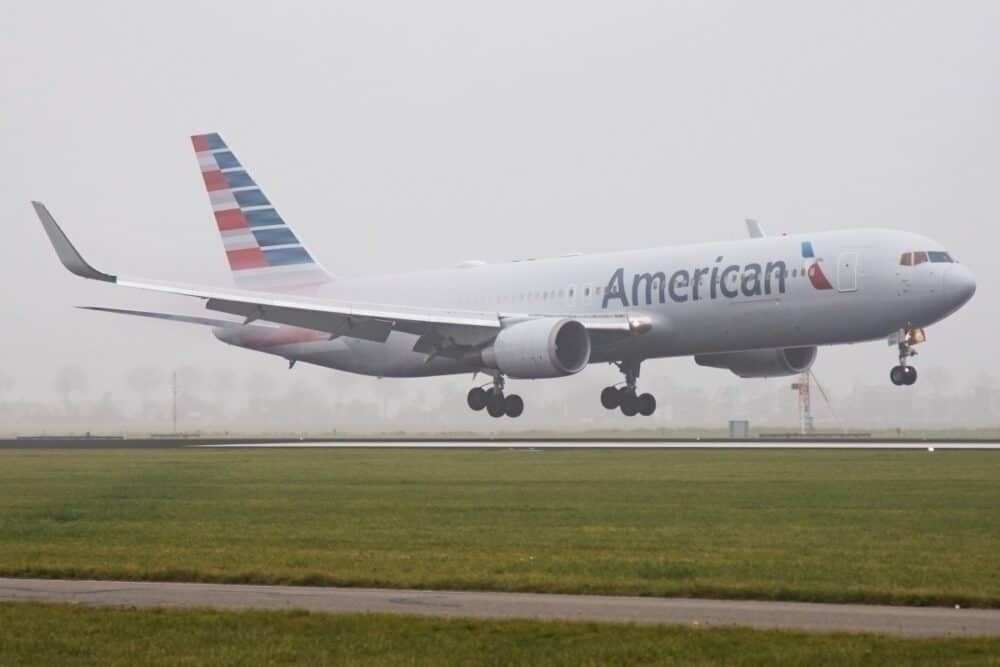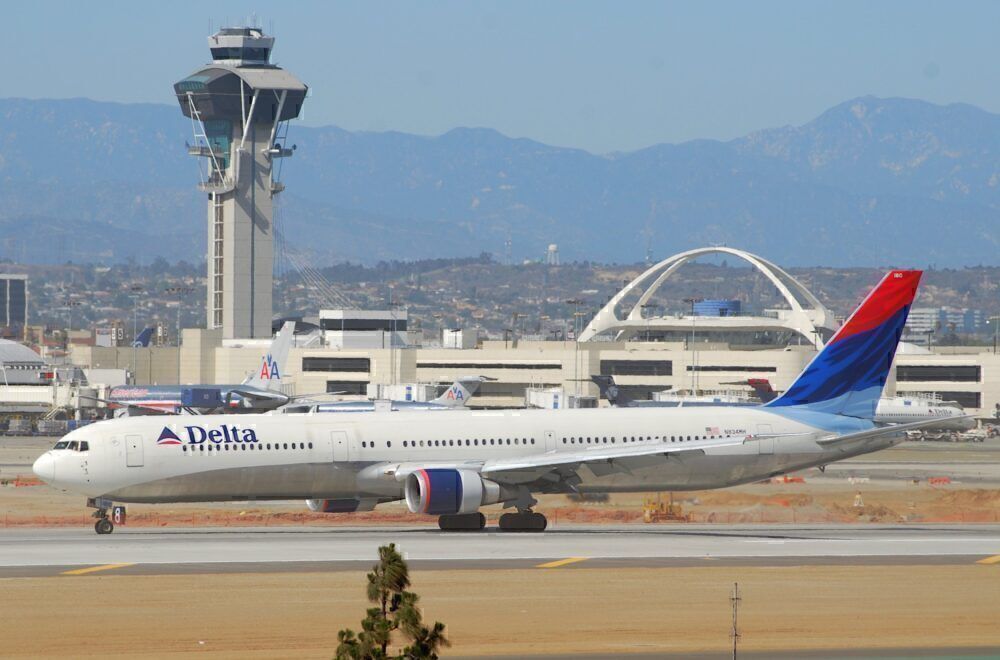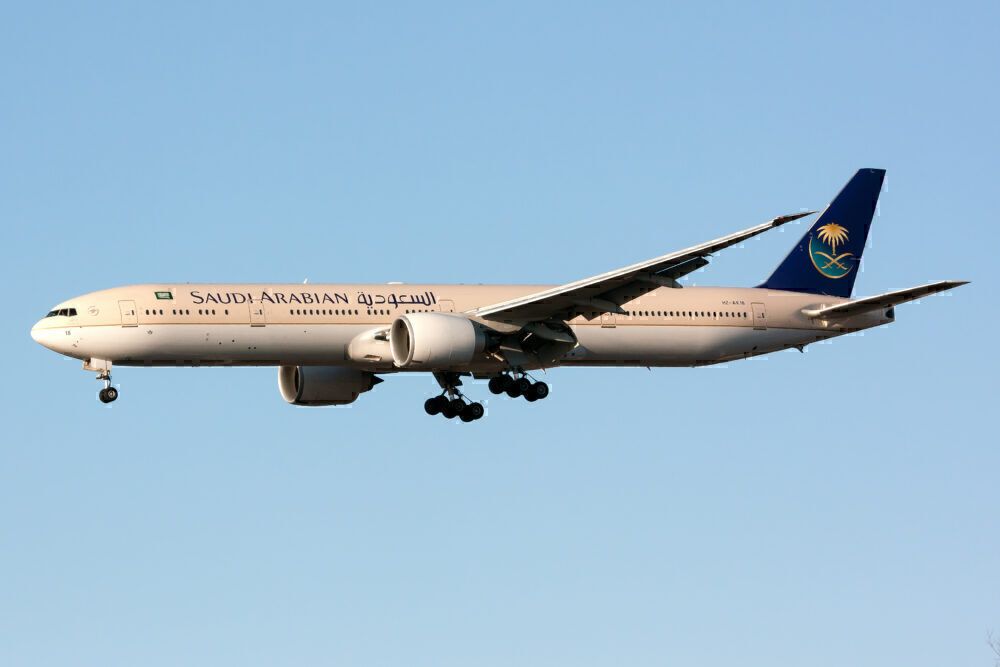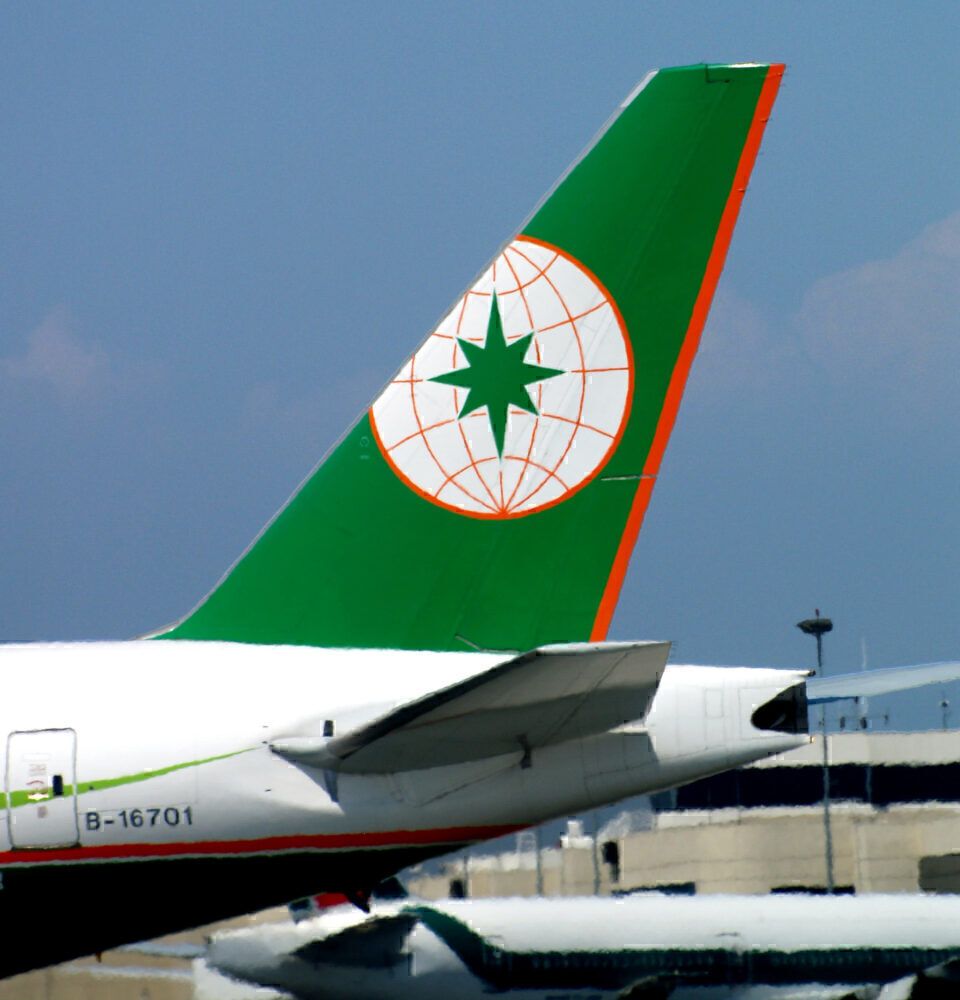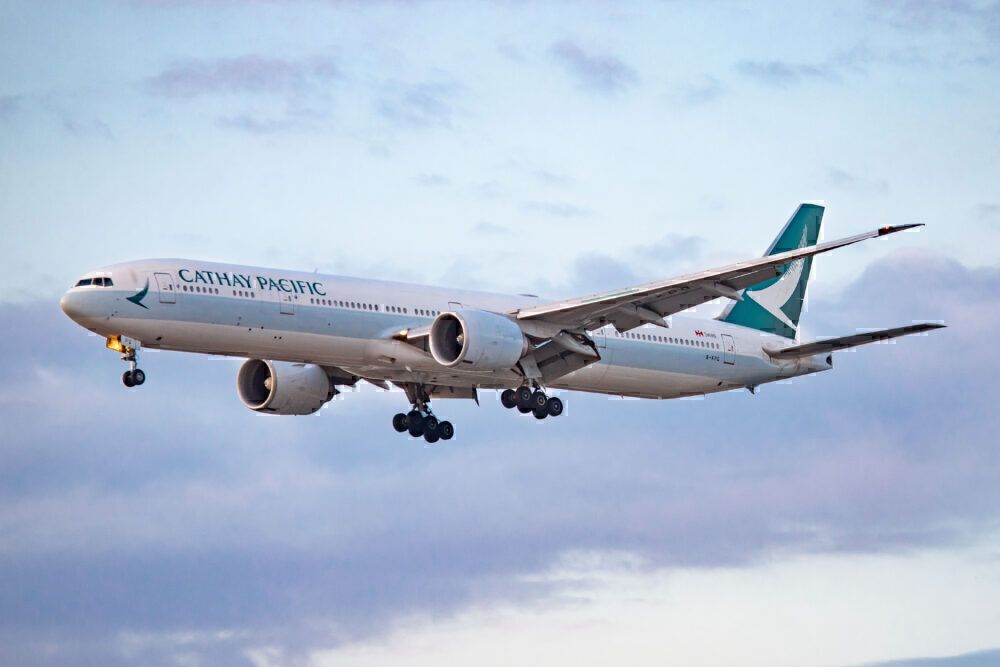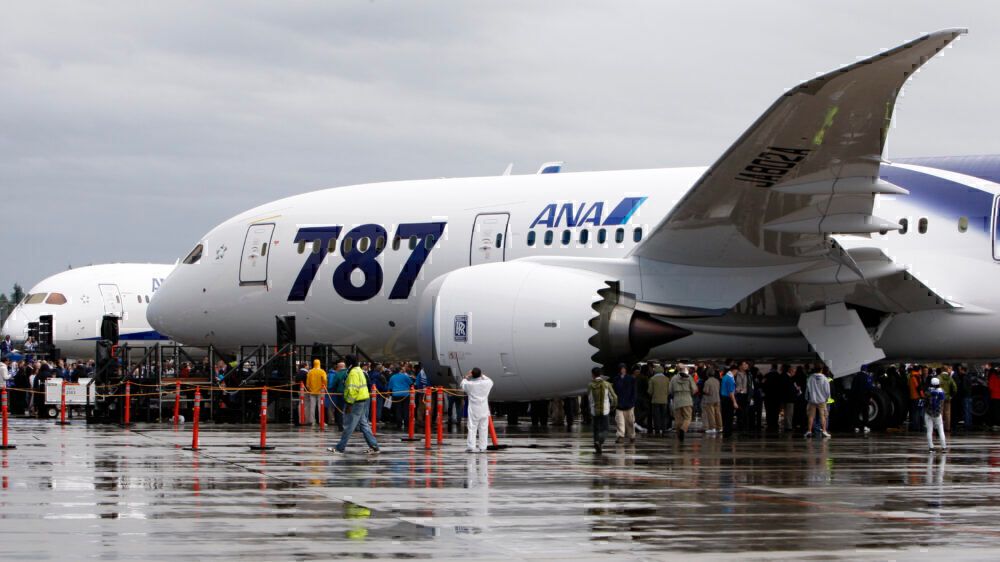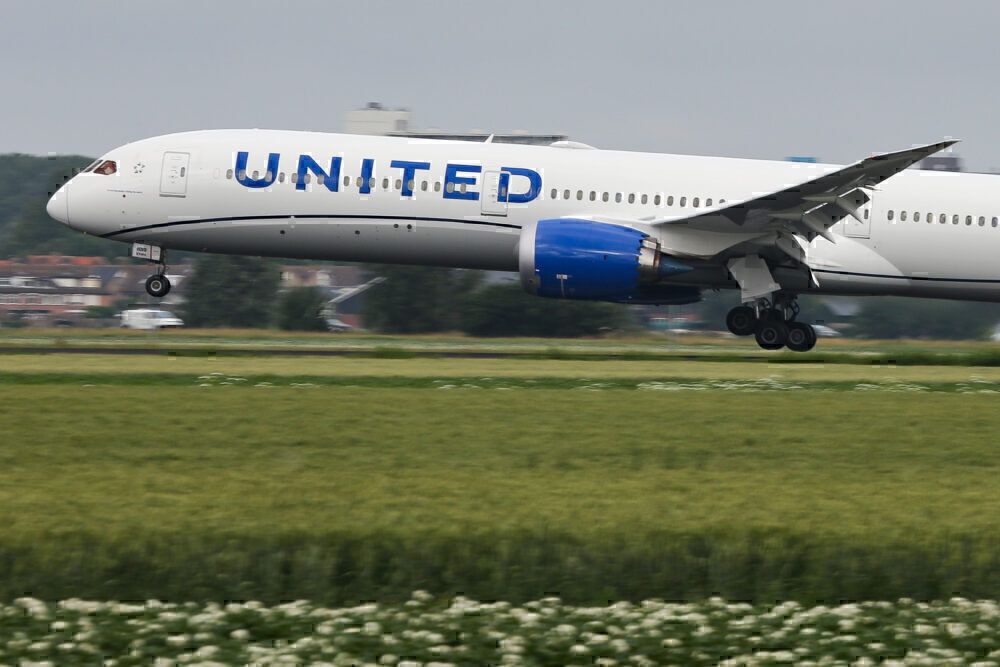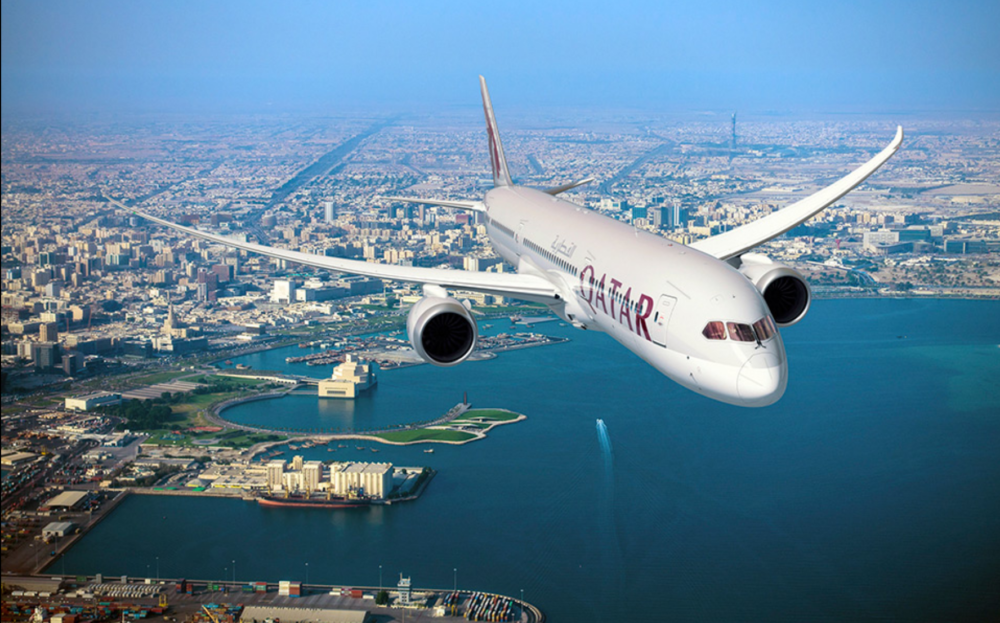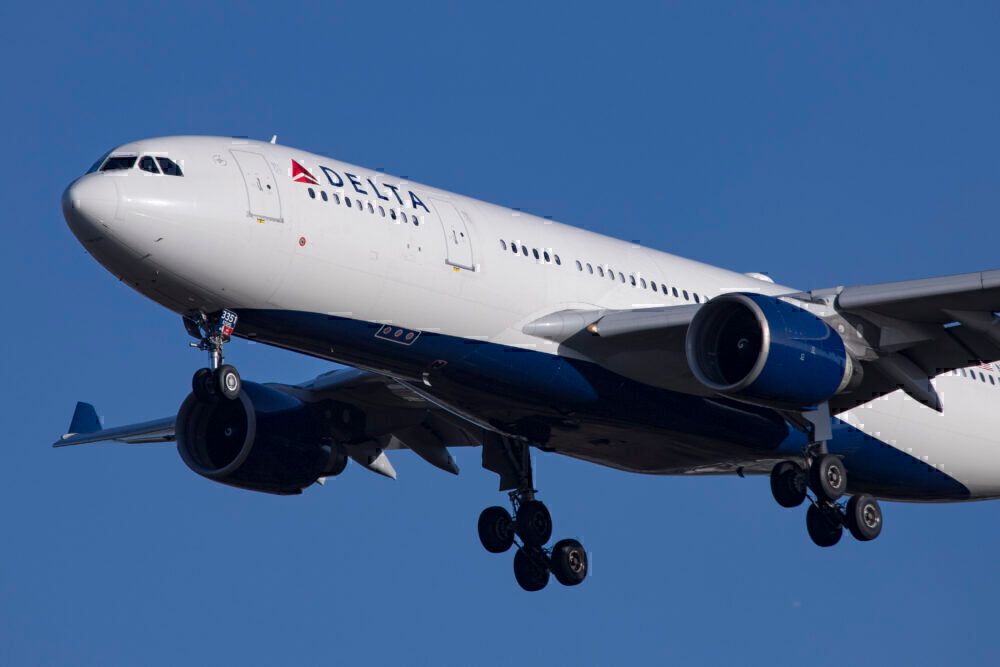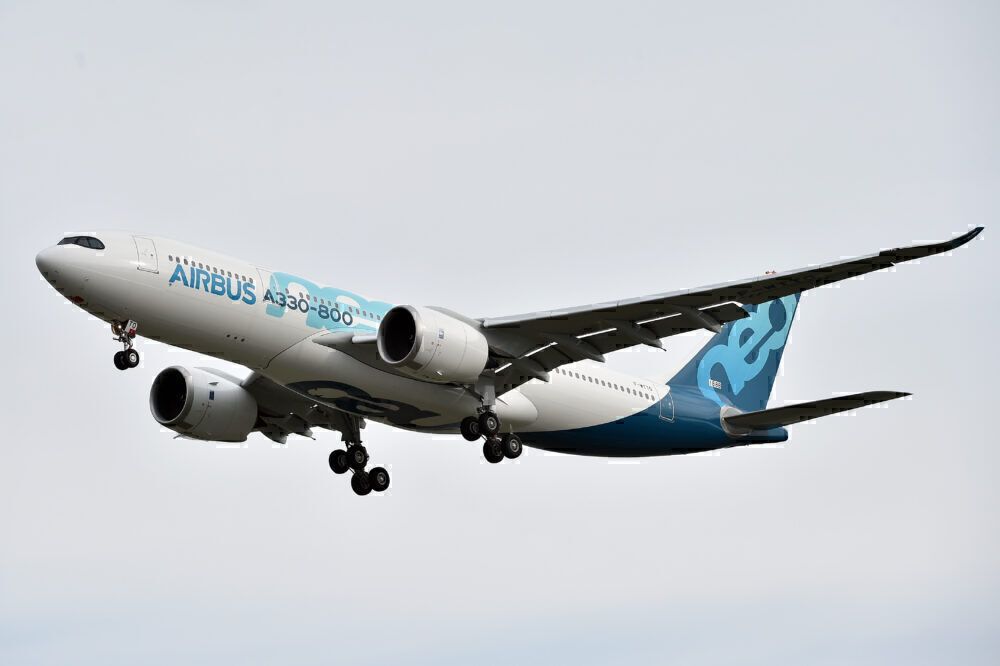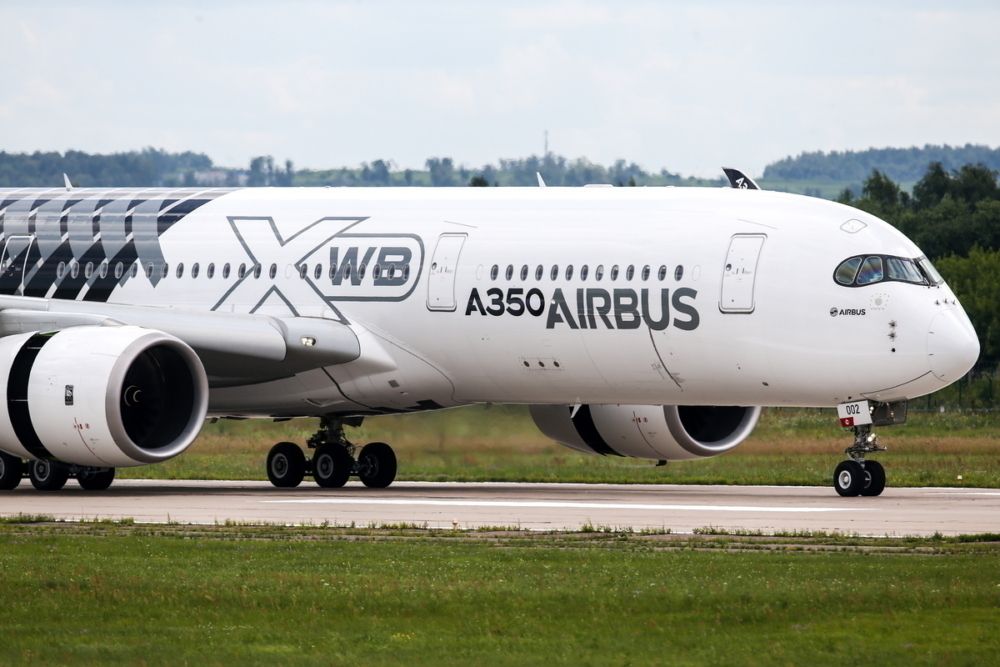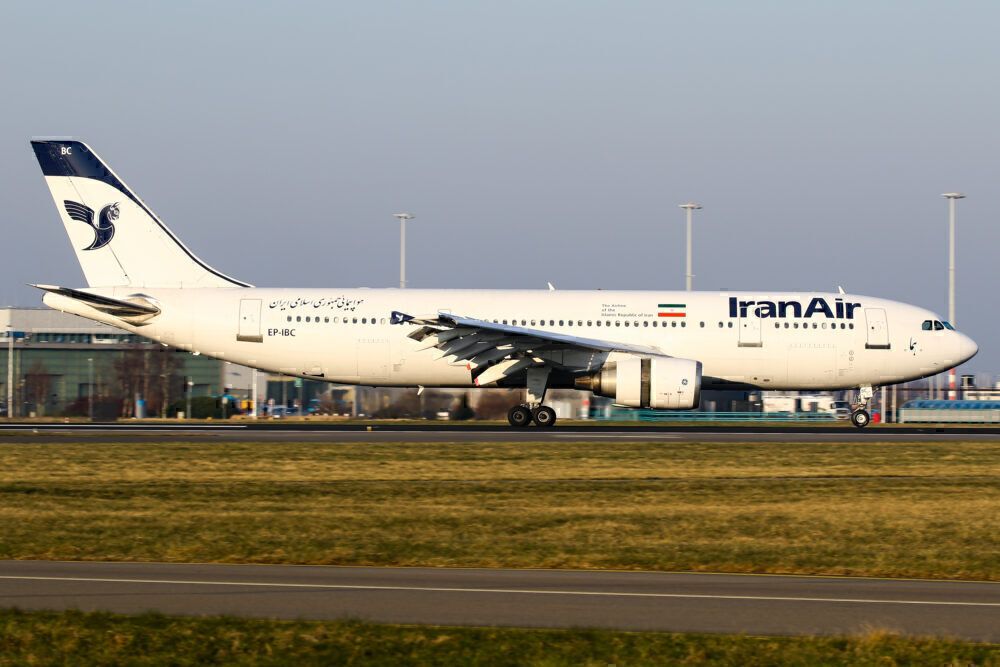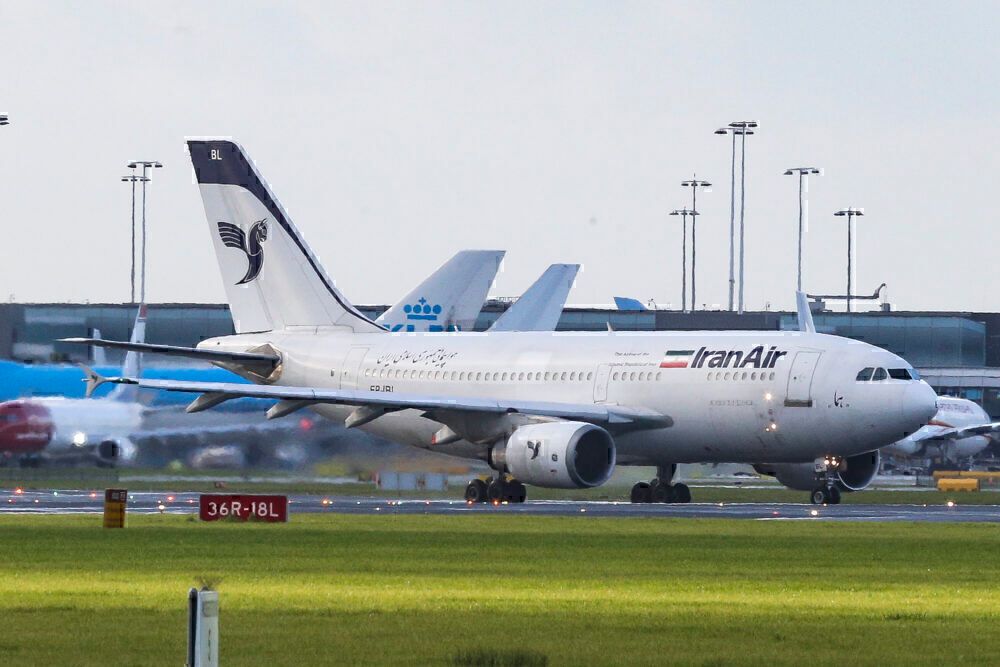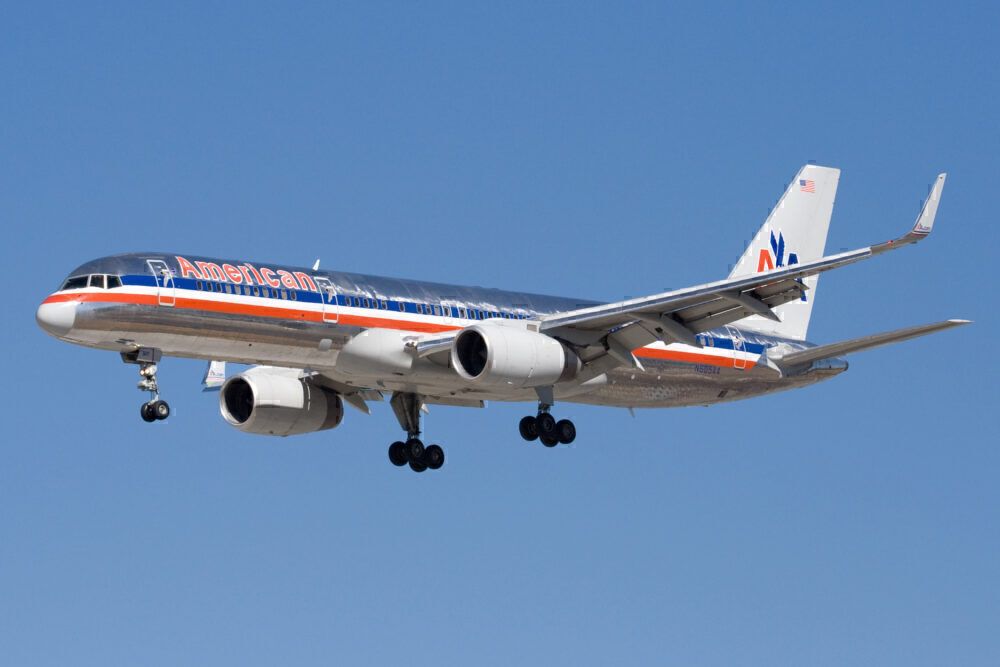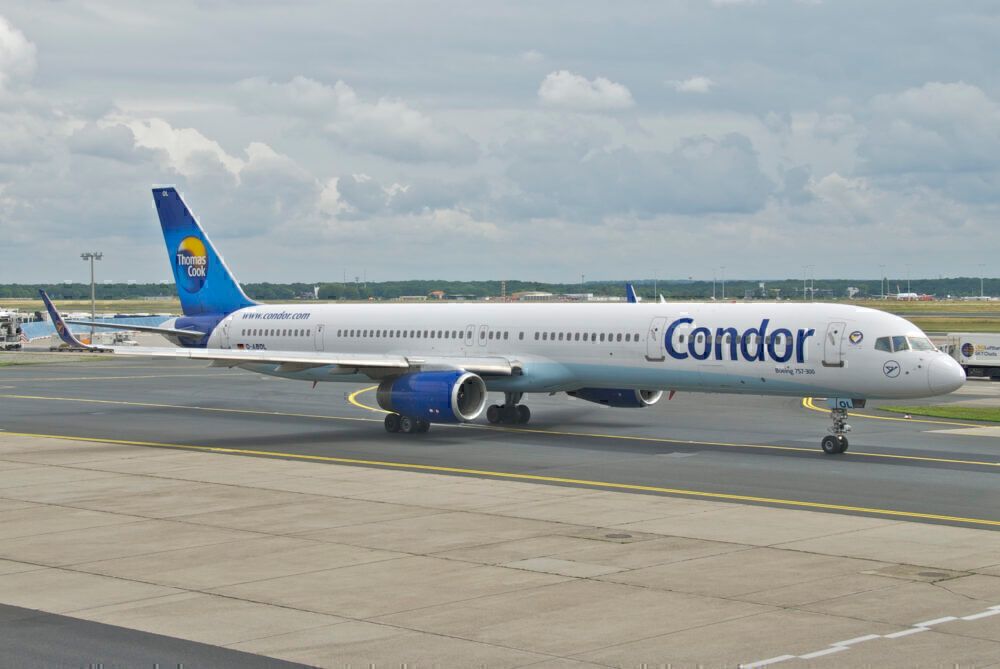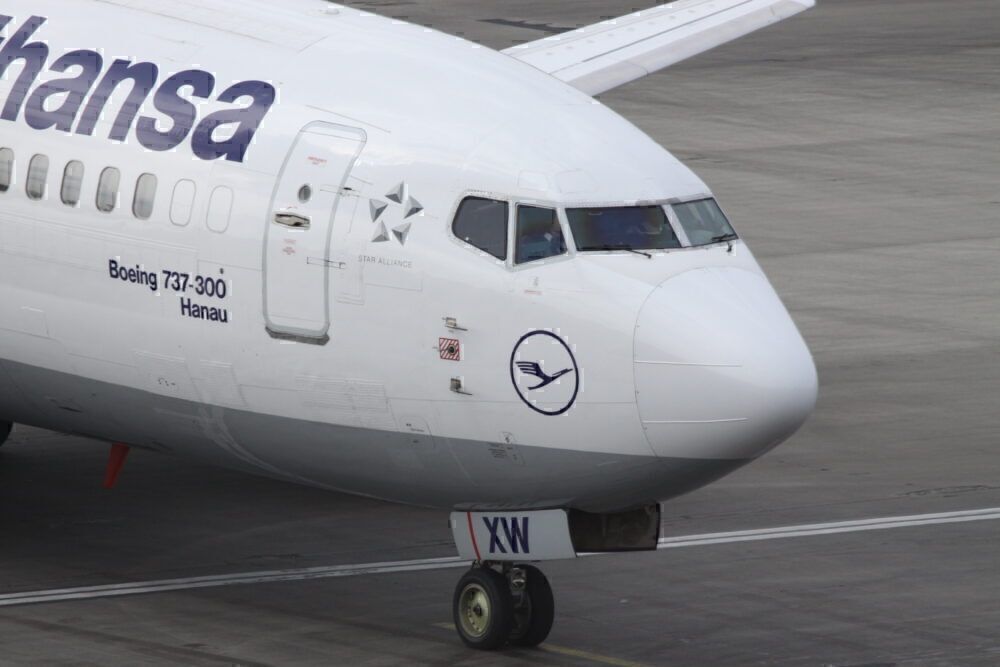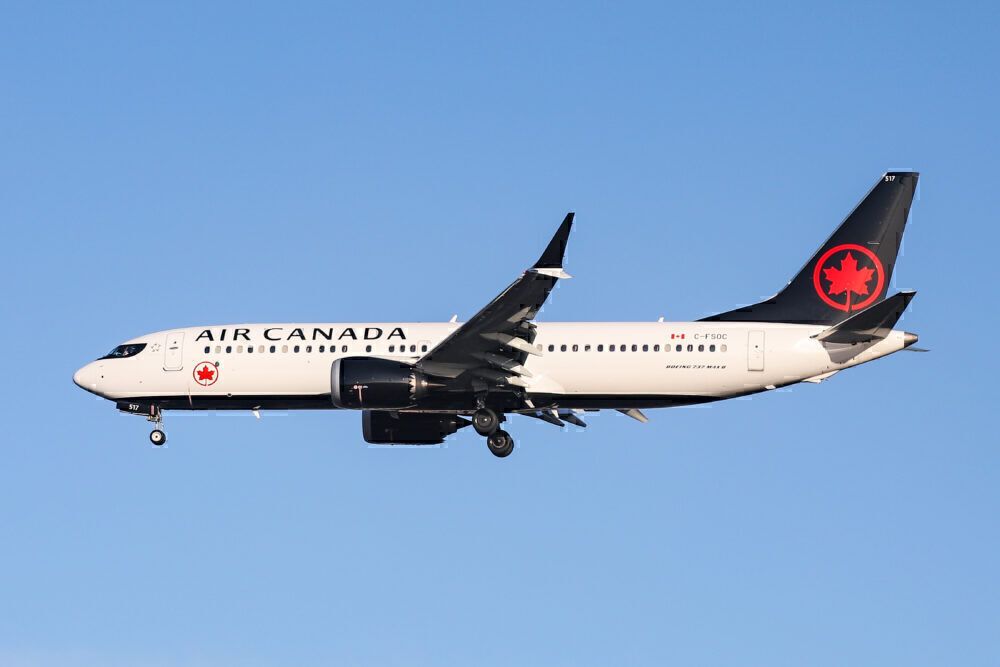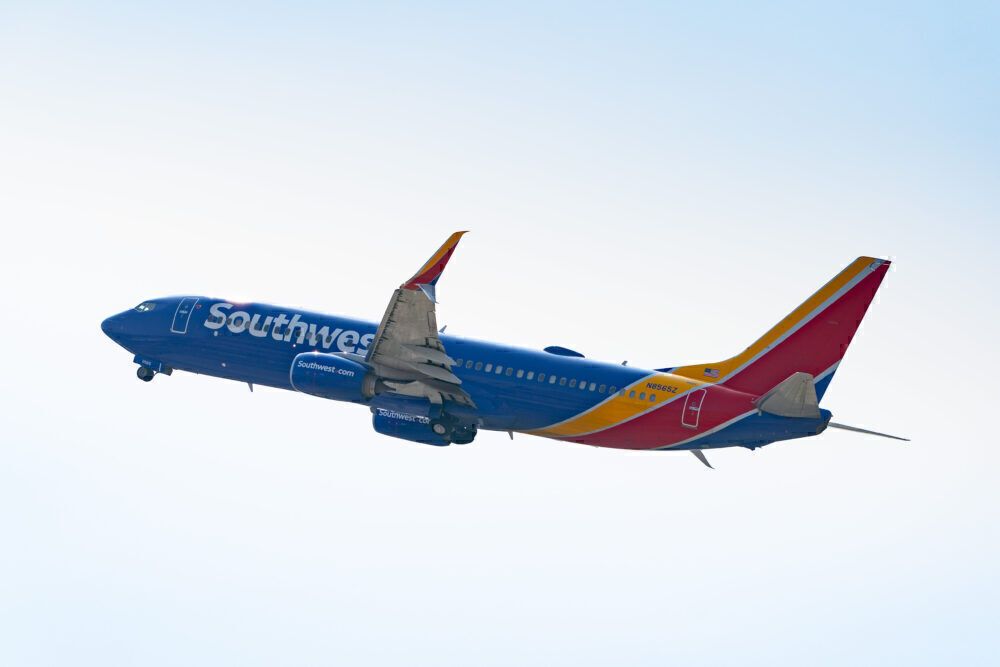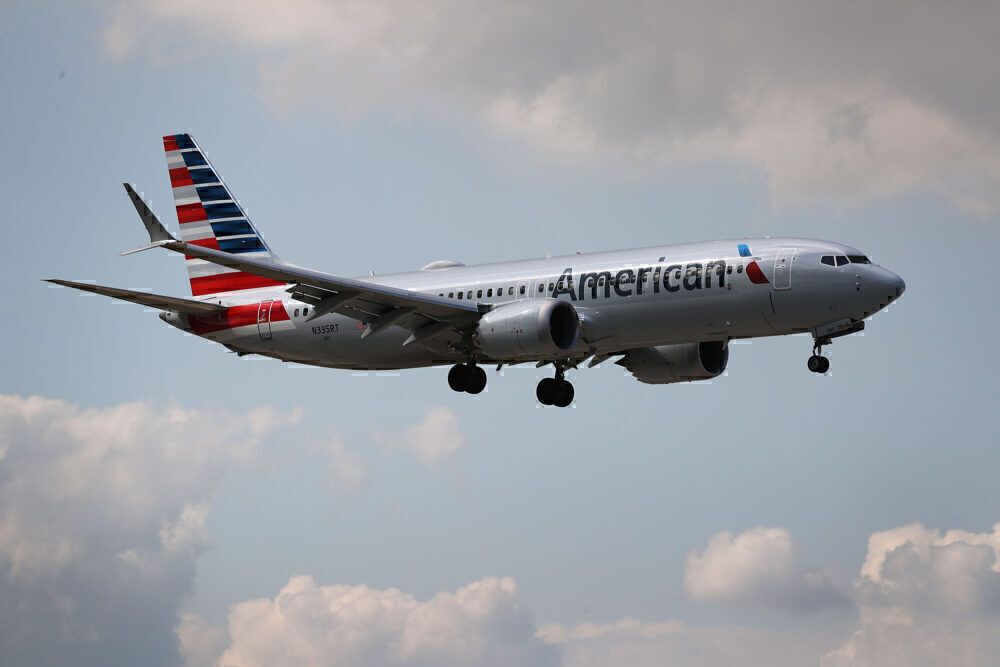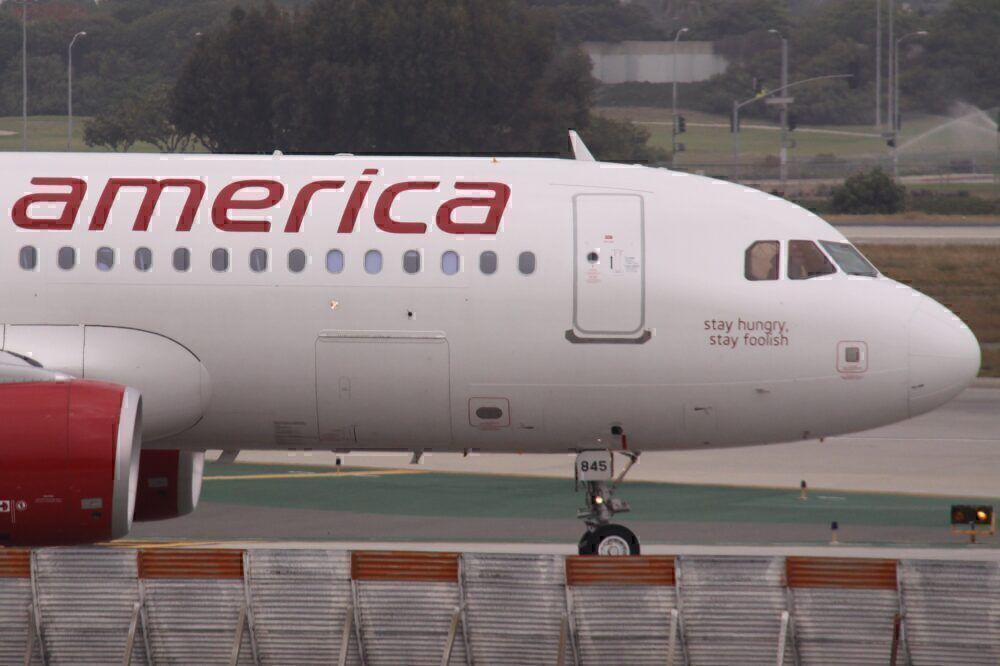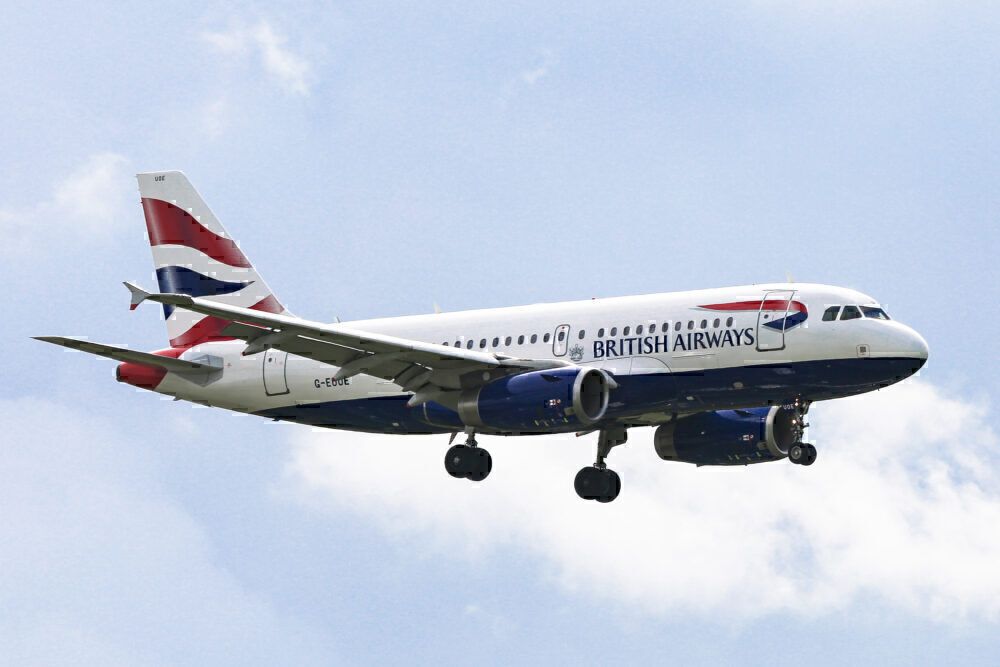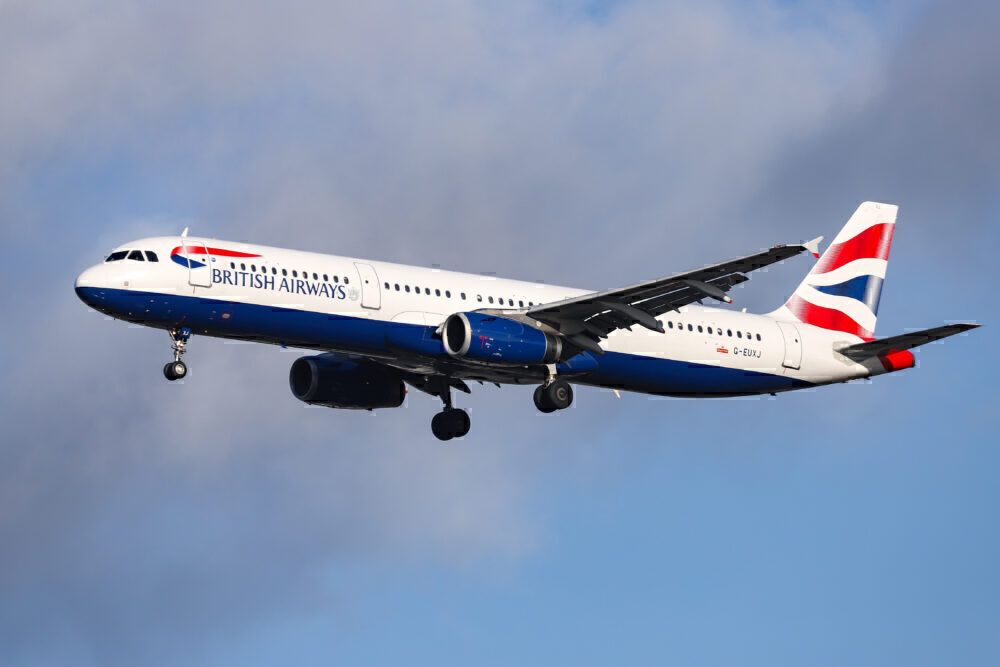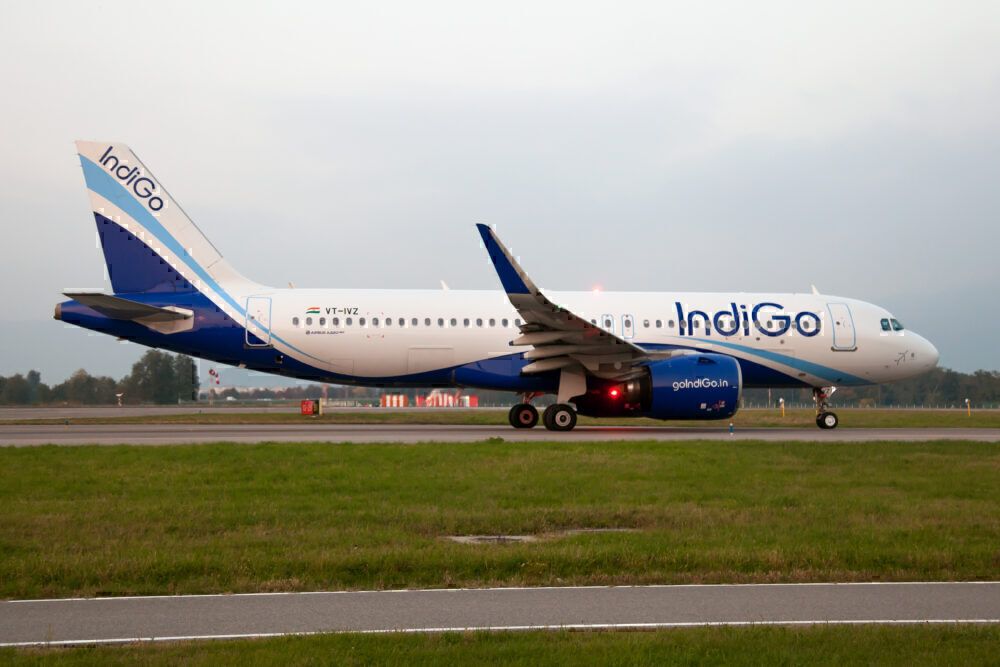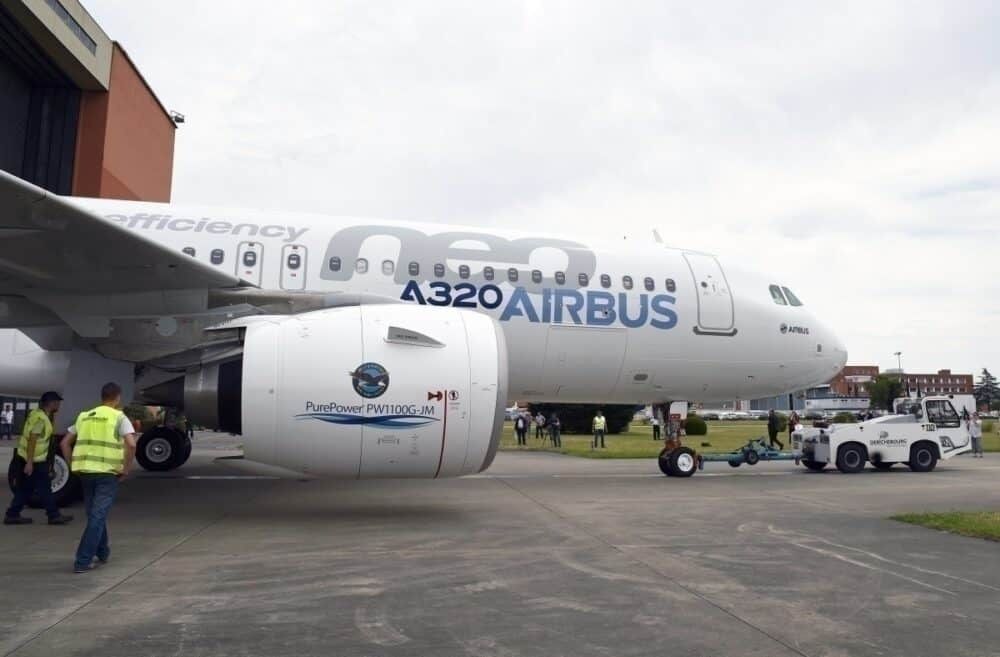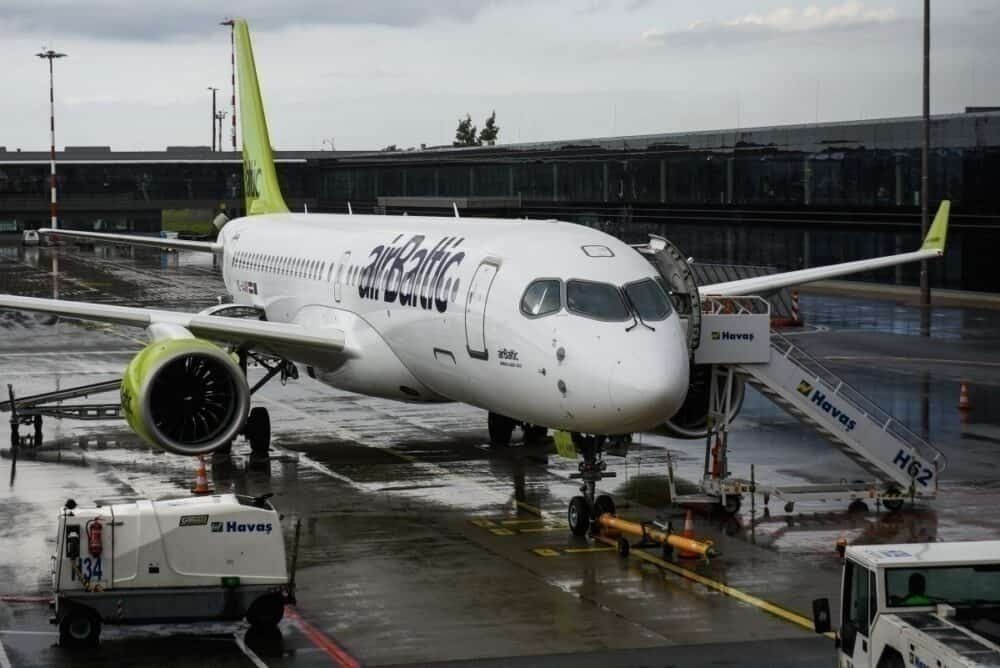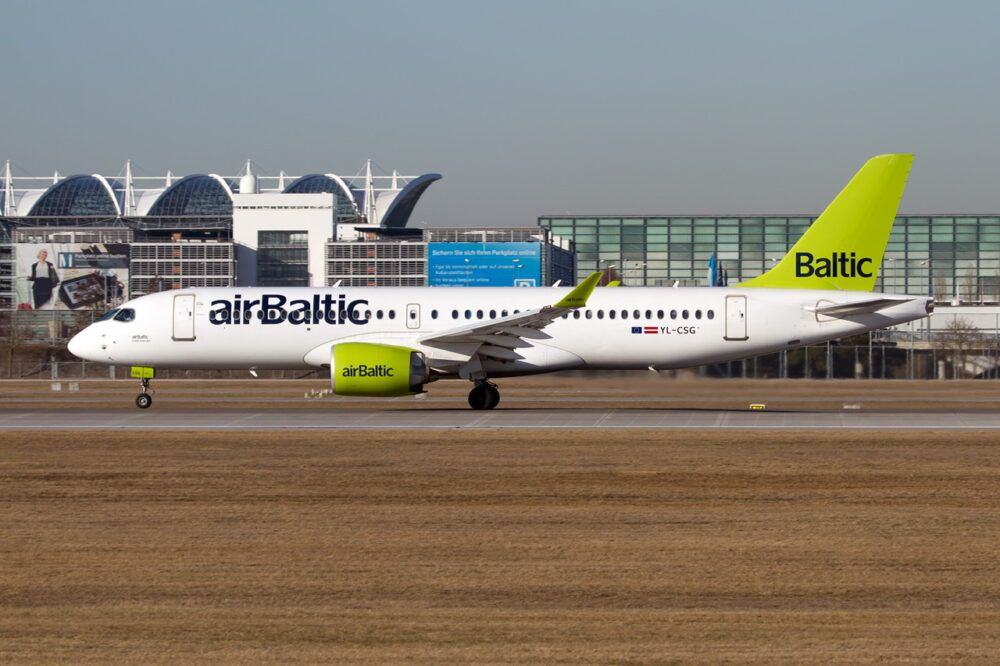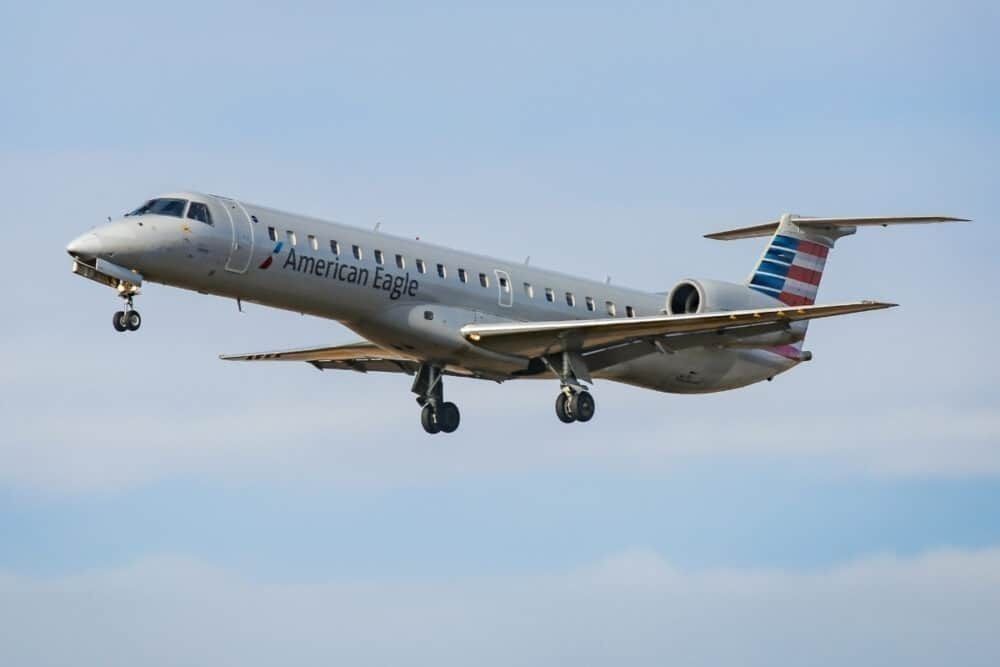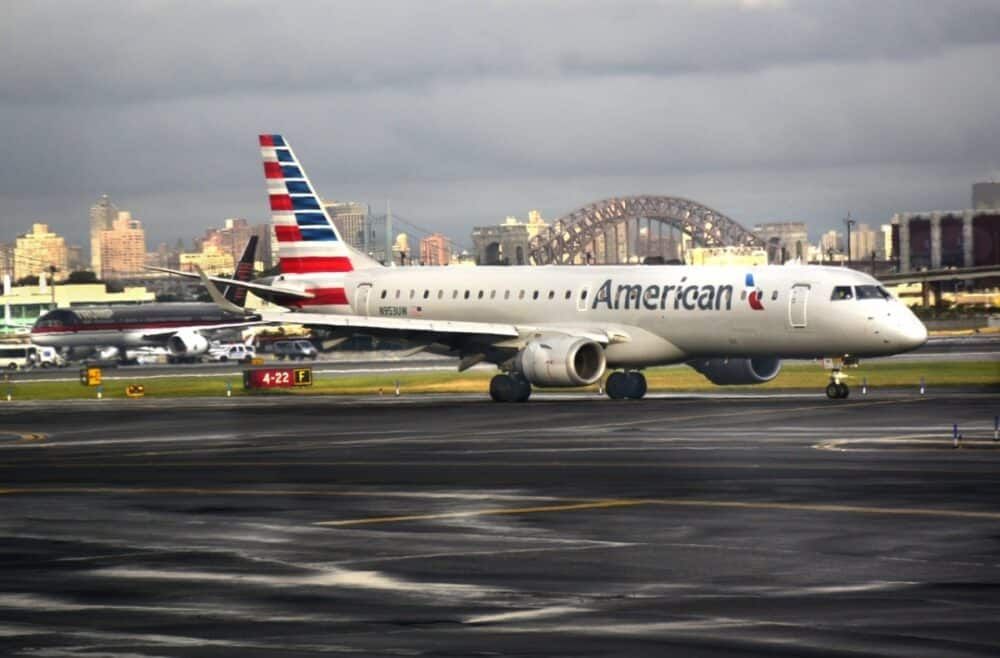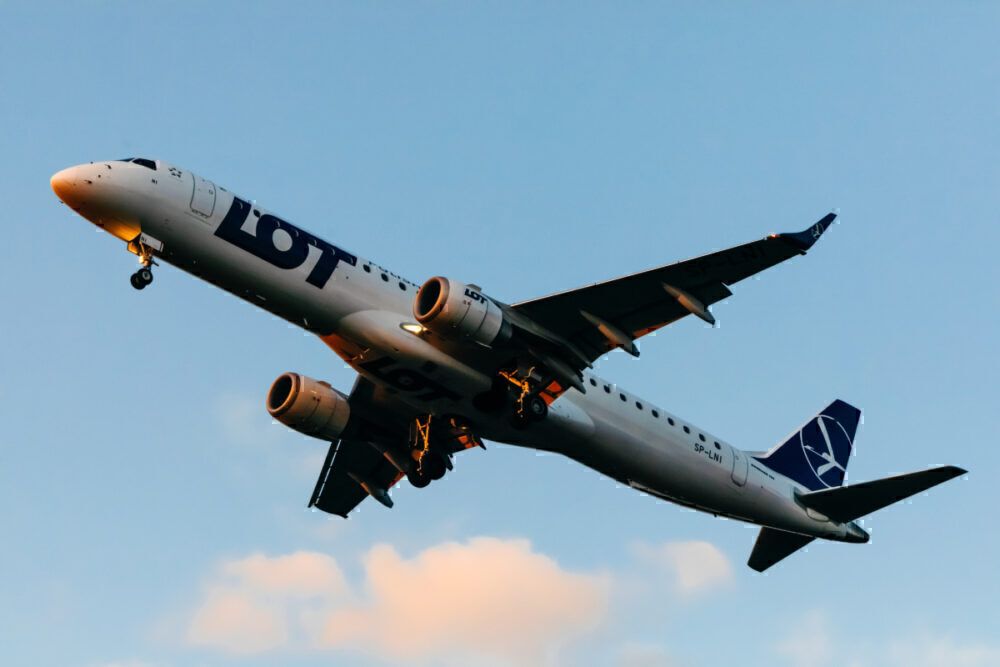Do you struggle to identify the different aircraft types? Some are easy, but many still confuse even experienced plane spotters. With a few tricks and pointers, and plenty of practice, identification gets easier. This article shares some ways to tell today's main commercial aircraft apart. We can't cover every possible way to identify aircraft, or indeed every aircraft model in the world, but this should give you a solid start on the most common types. Feel free to share more tips in the comments after the article.
[powerkit_toc title="Table of Contents" depth="2" min_count="4" min_characters="1000"]
Boeing vs. Airbus
Before we start looking at individual aircraft, it is worth noting a few good ways to differentiate Boeing and Airbus aircraft. The first of these is by aircraft by cockpit window design. The side window panels have a quite different design for each manufacturer. This applies to most aircraft types, but not the A350, A220, or 787.
- Boeing aircraft have an upwards slanting lower edge to the windscreen, which appears as a 'V' shape
- Airbus aircraft windows have a straight/horizontal lower edge. There is also a diagonal 'cut' or 'notch' to the upper corner of the window on many aircraft
There are differences, too, with the nose of most aircraft. This can take some getting used to, but the differences become clearer with practice. Airbus aircraft tend to have a rounder, more bulbous nose. Boeing aircraft tend to have a sharper, more pointed nose.
And as a final type-wide difference, consider the rear of the fuselage. On Airbus aircraft (but not the A380 or A350), the fuselage continues straight to the APU exhaust. On Boeing aircraft, it usually tapers downwards.
Four-engine widebodies
The Airbus A380
We will start with the simplest to identify. There are only three four-engine aircraft types in common commercial service. The A380, of course, is the newest and easiest to identify with its two full passenger decks. There is one version of the A380; there was a proposed cargo variant, but this was dropped before production.
The Boeing 747
Likewise, the 747 needs little introduction or guidance. With its iconic partial second deck hump, it is also easily recognizable. From behind, its bulbous rear fuselage is also distinctive.
What about the differences between the 747-400 and the 747-8? Firstly, you will only see the 747-8 with a few airlines - Lufthansa, Korean Air, and Air China. For the easiest difference, look for the longer upper deck. There are also differences in the wingtips. The 747-400 has added winglets, whereas the 747-8 has no winglets but a raked wingtip instead.
The Airbus A340
The only other four-engine aircraft in regular commercial service is the Airbus A340. If you are looking at a four-engine single deck widebody, it is an A340.
There are four A340 variants of increasing size - the A340-200/300/500/600. Of these, the A340-300 is by far the most common, accounting for 218 of the 377 aircraft delivered.
To help tell the variants apart, look for the following:
- The A340-200 and -300 have three passenger doors, and one exit door, on each side of the aircraft
- The A340-500 and -600 have four passenger doors and one exit door. On the A340-500, the exit door is behind the wing; on the A340-600, it is over the wing
- All variants have four-wheel main landing gears under each wing. The additional central landing gear has two wheels on the A340-200/300 and four wheels on the A340-500/600
Twin-engine widebody aircraft
Identification gets harder with twin-engine aircraft. Again, we will proceed through each aircraft separately, but remember there are methods in other aircraft types that can help by elimination!
Boeing 767
The Boeing 767 and 777 can be hard to distinguish from a distance. They both have the typical features of Boeing's style, such as their windows and tails. The 767 is much shorter (the most common 767-300 variant is 55 meters long, compared to almost 64 meters for the shortest 777-200).
The wheel arrangement is also different. The 767 has a two-wheel main landing gear, whereas the 777 has three wheels. It is also positioned further forwards on the 767.
The 767 can sometimes be differentiated by its winglets. It is the only widebody aircraft to have winglets that curve up (with an 'L' shape). Not all 767s have these, however.
To differentiate the three 767 variants (the 767-200/300/400), the best way is to look at the exit door positions:
- The 767-200 has just one exit door over the wing
- The 767-300 usually has two doors overwing (some have one in front and one behind the wing)
- The 767-400 has two doors, one in front and one behind the wing
- The 767-300/400 also have retractable tail skids
Sizewise, it is easy to confuse the 767 with the A330. Apart from the standard Boeing and Airbus differences, there are also key differences underneath the aircraft. The A330 has a bulged center section of the fuselage between the wings. The main landing gear wheels also slope to the rear when extended; on the 767, they slope to the front.
Boeing 777
The Boeing 777 (especially the 777-300) is often distinguished by its size. The 777-300 is the longest twin-engine jet currently flying. The new 777X will be even longer.
A great way to identify the 777 is its main landing gear wheels. It has three pairs of wheels on each gear. Of all twin widebodies, only the 777 and the A350-1000 have this.
It also has a distinctive APU rear exhaust design. It is 'bladed' or 'sawn' in appearance, rather than conical as seen on other twin-engine jets. This is a great way to always tell the 777 apart.
The doors are the key to identifying the two 777 variants. The longer 777-300 has five doors, and the shorter 777-200 has four doors along each side.
Boeing 787
The 787 is an easier aircraft to identify, with several distinguishing features:
- It has a distinctive four-panel windscreen
- It is the only widebody twin with serrated nacelles housing the engines. The narrowbody 737 MAX also has these
- It has a very distinctive smooth noose design. This is quite different from the 767 and 777, almost blending into the cockpit windows
- It does not have winglets (the similar-sized A350 does)
Distinguishing the three 787 variants is a bit harder. They have the same gears and numbers of doors. One way is to look at the number of windows between the first two emergency exit doors.:
- The 787-8 has nine windows
- On the 787-9 there is an additional second group of five windows
- And on the 787-10, this second group has ten windows
In flight, the 787's 'flexible' wings are easily distinguished. During takeoff and landing, these seem to flex upward; a very unique feature.
Airbus A330
To distinguish the Airbus' A330, note the Airbus style cockpit windows. The A350 has a different design, so this is the only widebody with the Airbus style straight lower edge and upper missing 'chip.' The A330 also has a bulging central section of the lower fuselage - useful if you are viewing the aircraft from underneath.
There are four A330 variants - A330-200 and-300, and the A330neo variants A330-800 and -900.
To differentiate the shorter A330-200 from the A330-300, look at the windows (this also works for the same-sized A330-800 and A330-900). The shorter model usually has 12 windows between the first two doors; there are 17 or 18 windows on the longer model.
Telling the neo variants apart from the earlier ones is quite straightforward. The A330-800 and -900 have a different window design, with black edges ('raccoon' style), similar to those on the A350. They also have different wing-tips. The A330-200 and -300 have straighter winglets, whereas the neo models have smooth sharklets.
Airbus A350
The A350 is another easy to identify aircraft, with a couple of main distinguishing features:
- It has a unique six-piece cockpit windscreen. This has side windows with curved edges and a black frame design
- The wingtips have distinctive curved winglets
- Like the 787, it has a distinctive, smooth nose design (different from other Airbus aircraft)
The best way to differentiate the two variants is from the main landing gear. The smaller A350-900 has a two-wheel main gear, and the A350-1000 has a three-wheel gear.
Airbus A300 and A310
The A300 was Airbus' first aircraft. For completeness, we discuss it here, along with the smaller A310. There are still a few aircraft flying today with passenger airlines, mostly in Iran.
To distinguish the A300 from other Airbus widebodies (if you can't tell by operating airline), note that the A300 and A310 have a flat central fuselage (not bulged as it is on the A330).
The A300 has three main doors on each side (and one exit to the rear of the wing), whereas the smaller A310 only has two main doors.
Twin-engine narrowbodies
Boeing 757
To identify the 757 narrowbody (as opposed to any member of the 737 of A320 family), look for the following:
- Boeing style cockpit windows
- A distinctive 'dolphin' nose (like any nose differentiation, this takes practice!)
- Taller landing gear than the 737 or A320
- It also is missing the triangular section between the tail and the fuselage seen on the Boeing 737
There are two variants, the 757-200 and 757-300. The 757-300 is, in fact, the longest narrowbody there is, so this could help. It is also much rarer - there were only 55 757-300s built, as opposed to 994 757-200s (including freighter versions). Out of interest, the 757-300s length (as well as late launch) was its downfall.
The shorter 757-200 has three main doors, and either one or two exit doors (aft or overwing). The larger 757-300 has four main doors plus two exit doors, always overwing.
Boeing 737 family
Of course, most narrowbodies today are from the Boeing 737 and Airbus A320 family. The A320 family has now sold the most aircraft of any type, although the 737 is still ahead for deliveries. To distinguish the two, you can rely on the Airbus vs. Boeing window differences and the more pointed nose on the 737.
The 737 also adds two distinguishing features. It has a triangular dorsal like fin leading from the top of the fuselage to the tail. And the engines have a flattened base as the aircraft has less ground clearance (not necessarily on all 737 MAX aircraft).
The variants can best be distinguished by age and size. Few Original and Classic series aircraft (737-300, -400, and -500) remain in service (most Classics can be found in Indonesia and South America, as Simple Flying looked at recently).
To distinguish different 737 variants, the following will help:
- The Classic series does not have winglets, the Next Generation series does
- To differentiate members of the Next Generation series, consider the length, and fuselage doors. The smallest 737-600 and the 737-700 have two main doors and one exit. The 737-800 has two main doors and two exit doors. And the larger 737-900ER adds an extra exit door behind the wing
- The 737 MAX is easily distinguished with serrated engine housing and larger winglets. Again, the variants differ by size and door configuration. The 737 MAX 7 and MAX 8 have two main doors and two overwing exits. The MAX 9 and MAX 10 add an additional exit behind the wing
Airbus A320 family
As with the Boeing 737, the A320 is easily identified from the characteristic cockpit windscreens (straight rather than 'V' lower edge, and 'notched' corner) and a more rounded nose. It also lacks the triangular dorsal fin section seen on the 737.
And again, the family members (A318, A319, A320, A321, and neo versions) are best identified by their size.
- The A318 and A319 have one overwing exit door (and two main doors). To differentiate them, the A318 has 11 windows in front of the overwing exit; the A319 has 13.
- In some configurations, the A319 can have two overwing exit doors, leaving 12 windows in front of the door.
- The A320 has two overwing exit doors.
- And the largest A321 has four doors along the fuselage (not overwing).
To identify the 'neo' variants, look at the wingtips and the engines. The A320ceo does not have sharklets (although they can be retrofitted). The neo engines are larger and have extensions visible at the rear of the housing.
Airbus A220
The A220 was, of course, developed as the Bombardier C Series. As such, it looks quite different from other Airbus narrowbodies. It is easily identified by its much sleeker, pointed nose, and different style four-screen windshield.
The two variants differ only in length. They both have one overwing exit door. The smaller A220-100 has 12 windows in front of this; there are 16 or more on the A220-300.
Embraer regional jets
This guide is mainly focussing on the larger Boeing and Airbus aircraft, but we will also mention the Embraer jets briefly.
The ERJ family is easily distinguished from Boeing and Airbus aircraft by its size and the rear-mounted engines.
The E-Jet family more closely resembles Boeing and Airbus aircraft. As with Boeing and Airbus, the cockpit windows and nose are a great differentiator. The Embraer cockpit windows have four panels (not six), a straight lower edge, and no 'notch' in the corner. The nose is also smoother.
The Embraer E175 has no overwing exits (the A320 for comparison has two). The larger E190 and E195 have one overwing exit door (they all have the same two main fuselage doors). The larger E195 has more windows, of course (16 behind the exit door as opposed to 14).
There are many ways to differentiate aircraft. This article shares some, but there are plenty more. Feel free to share your favorites in the comments. Any further tips to quickly identify complicated variants would be well received.

